We love our furry, feathery, and scaly friends. They’re adorable, entertaining, and sometimes a little quirky. But did you know that some of those quirks might be more than just cute little habits? Sometimes, they’re signs that something might be wrong. Before you brush off that odd behavior as “just another pet thing,” let’s dive into some common quirks that could be red flags.
1. Excessive Licking—More Than Just a Bath

Okay, if your dog or cat is licking themselves a lot, they might just be keeping clean. But if they’re licking so much that they’re losing fur or creating raw spots, this can be a huge red flag. Not only is it uncomfortable for them, but it might also indicate anxiety, allergies, or even a skin infection. According to the ASPCA, behaviors like licking, sucking, or chewing body parts may be signs of underlying medical or behavioral problems.
In some cases, excessive licking can also be a sign of boredom. Dogs and cats need mental stimulation, just like us. If they’re licking the walls, floor, or even you all the time, it could mean they need more playtime or enrichment activities. Consider rotating their toys or introducing puzzle feeders to keep their minds active. This simple change might just stop the constant licking and make your pet much happier.
2. Sudden Aggression—Not Just a Bad Day
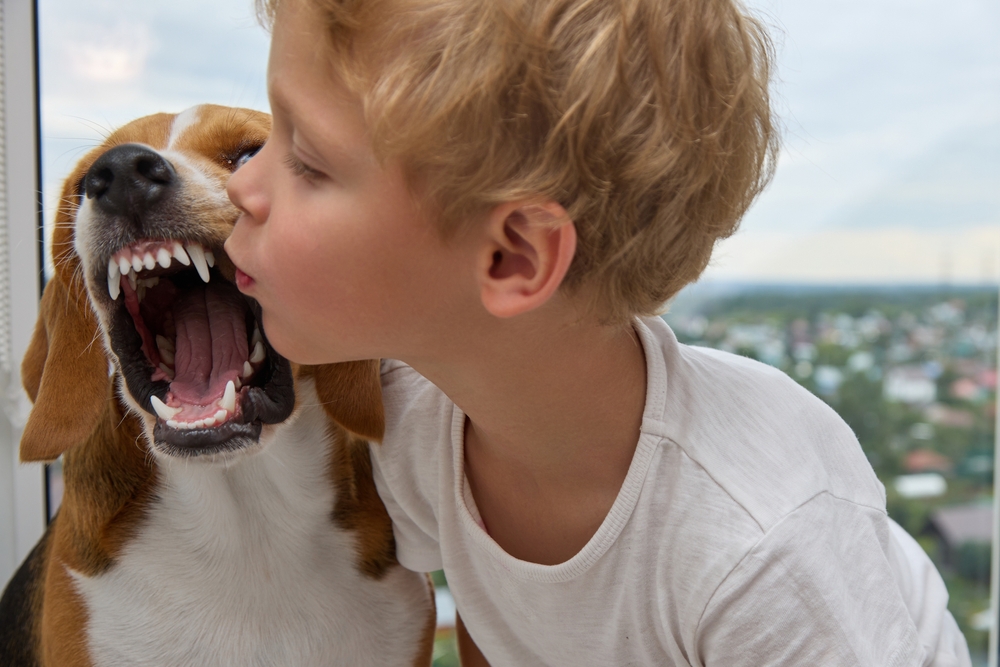
We all have our off days, but if your normally sweet pet is suddenly showing signs of aggression, it’s time to pay attention. This could be a sign of pain or discomfort lurking beneath the surface. Pets can’t always tell us when something hurts, so they show it in other ways, like growling, snapping, or hissing. The ASPCA notes that medical conditions causing pain, discomfort, or decreased mobility can lead to increased sensitivity, irritability, and aggression in cats.
Don’t assume it’s just a behavioral issue. Emotional factors could also be at play, such as anxiety or fear, especially if there’s been a recent change in their environment. Maybe a new pet or family member has been introduced, or their routine has been disrupted. Whatever the case, it’s important to address the root cause of this aggression to ensure your pet is comfortable and safe.
3. Avoiding Social Interaction—More Than Just Me Time
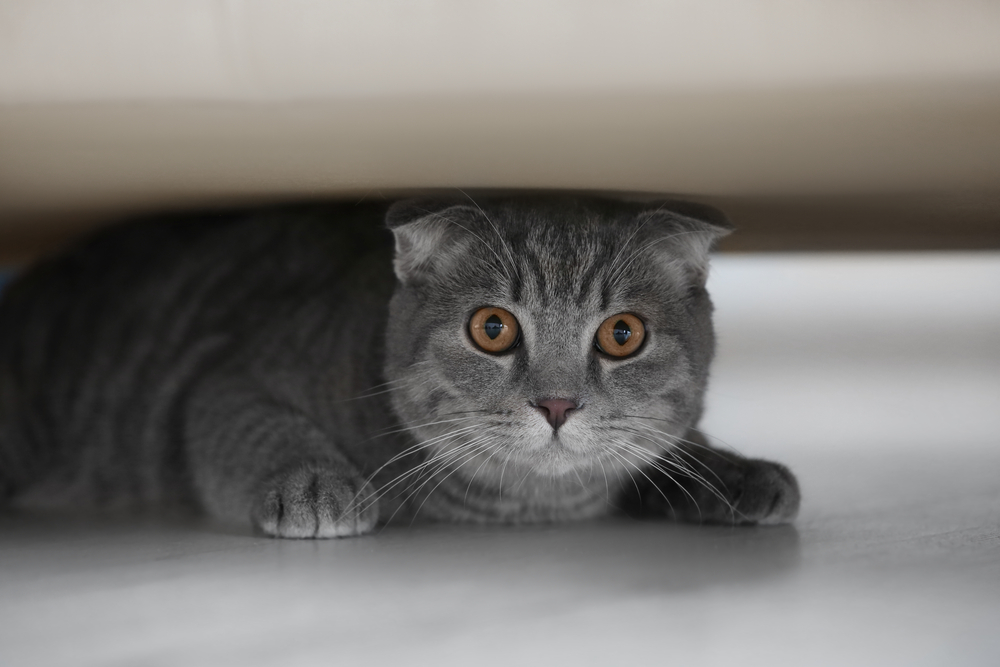
Sure, some pets are naturally more aloof. But when your previously social kitty is suddenly hiding under the bed all day, it might be more than just a desire for some “me time.” This kind of withdrawal can be a major red flag for stress, anxiety, or health issues. Pets often hide when they’re not feeling well, so it’s crucial to take note of this behavioral change. It might be tempting to give them space, but checking up on them is equally important.
The same goes for dogs who suddenly don’t want to play or go for walks. If your pup seems uninterested in their usual activities, something might be off. It could be a physical issue like joint pain or an emotional one like depression. Either way, a trip to the vet can help rule out any medical conditions and put your mind at ease.
4. Obsessive Tail Chasing—Not Just Fun and Games
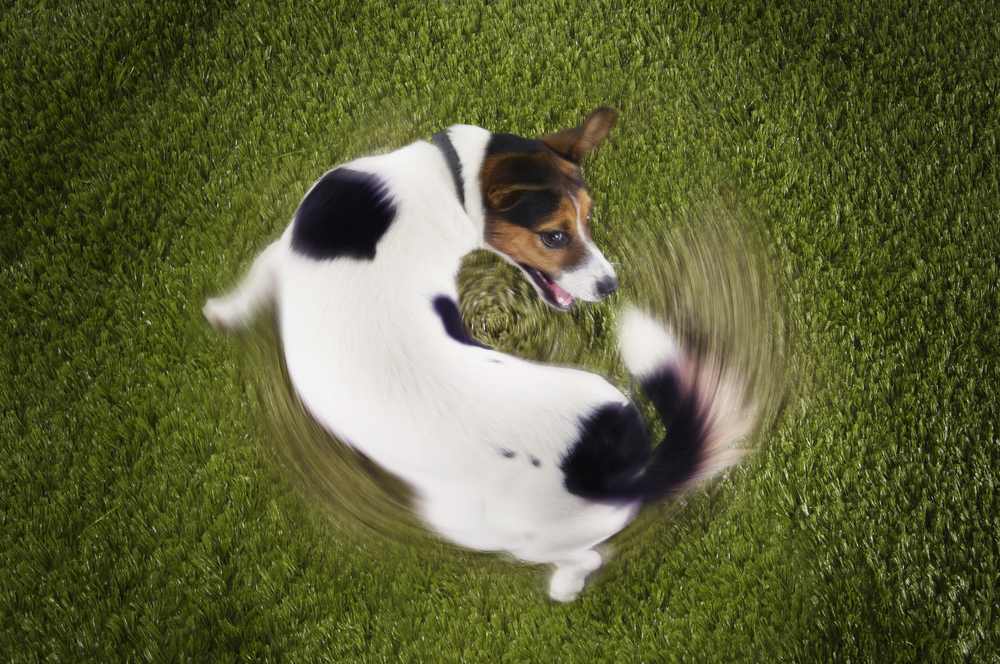
Tail chasing can be a fun game, but when it becomes obsessive, it’s time to take notice. Excessive tail chasing can point to a number of issues, ranging from fleas or skin irritations to serious neurological disorders. It’s easy to laugh it off because, let’s face it, a dog spinning in circles is a funny sight. Yet, if your pet seems unable to stop, it’s worth investigating further. In some cases, tail chasing can even lead to injury or self-mutilation, which is far from funny.
For some dogs, particularly breeds like Bull Terriers and German Shepherds, tail chasing can become a compulsive behavior. This might indicate boredom or inadequate exercise, both of which are fixable with a few lifestyle changes. If the behavior persists even after you’ve tried engaging them in play or increased their activity level, consult your vet for a professional opinion.
5. Excessive Barking or Meowing—More Than a Chatty Cathy

Your pet might just be chatty by nature, but excessive vocalization can be a major red flag. Dogs might bark excessively if they’re experiencing pain, fear, or anxiety. Cats might meow more if they’re stressed or if something’s wrong health-wise. You should assess whether this is a new behavior and if it’s accompanied by other signs of distress, like pacing or restlessness. This isn’t just about noise; it’s about your pet trying to communicate with you.
Don’t just chalk it up to a talkative pet. While some dogs and cats are naturally more vocal, a sudden increase in noise levels can also mean your pet is bored or needs more stimulation. Addressing these needs can often reduce excessive barking or meowing. Keep an ear out for the tone and context of their vocalizations, as this might offer clues about what they’re trying to express.
6. Eating Non-Food Items—Not Just Curiosity

We’ve all heard of kids eating crayons, but when your pet starts snacking on socks or rocks, it might be more than mere curiosity. This behavior, known as pica, can be dangerous and is often a sign of bigger issues at play. Nutritional deficiencies, anxiety, or even gastrointestinal problems could be driving your pet to munch on odd items. Left unchecked, pica can lead to blockages or serious internal injuries.
Keep an eye on what they’re eating and try to redirect their attention to safer alternatives. Sometimes, increasing the nutrients in their diet or providing them with more mental stimulation can curb this behavior. Always consult your vet to rule out any medical causes and to get advice tailored to your pet’s specific needs. Trust me, your socks will thank you.
7. Persistent Scratching—More Than an Itch

It’s normal for pets to scratch now and then, but if your furry friend seems to be doing it constantly, pay attention. Persistent scratching can indicate allergies, parasites, or skin infections that need to be addressed. It can become so severe that they develop sores, causing more pain and discomfort. A quick vet visit can help diagnose the issue and provide relief for your pet.
Sometimes the cause might be environmental, like a reaction to a new detergent or a diet change. Other times, it could be medical, like a flea infestation or a skin condition. Whatever the case, it’s crucial to act quickly. Catching the problem early will save your pet from unnecessary suffering and prevent more serious health issues down the line.
8. Change in Eating Habits—Not Just a Picky Eater
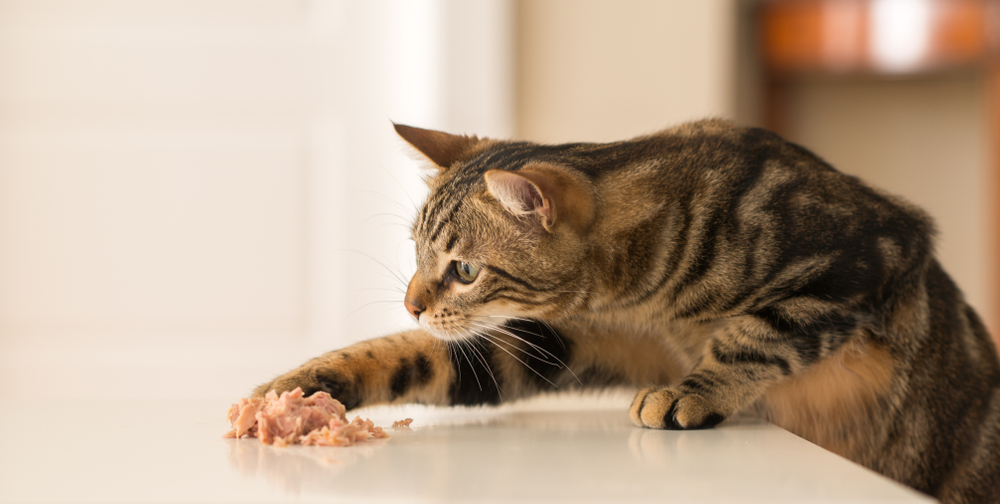
If your pet is suddenly refusing their favorite treats or gobbling down food like there’s no tomorrow, they might be sending you a message. A change in appetite can signal a range of issues, from dental problems to more serious conditions like kidney disease or diabetes. It might be tempting to shrug it off as them being picky, but a sudden change warrants a closer look. It’s your pet’s way of saying, “Hey, something’s not right here!”
On the flip side, if your pet is suddenly ravenous all the time, it could be a sign of parasites or hormonal imbalances. Both scenarios require a visit to the vet for proper diagnosis and treatment. Keeping a close eye on any dramatic changes in their eating habits will ensure your pet stays healthy and happy.
9. Potty Training Regression—Not Just an Accident
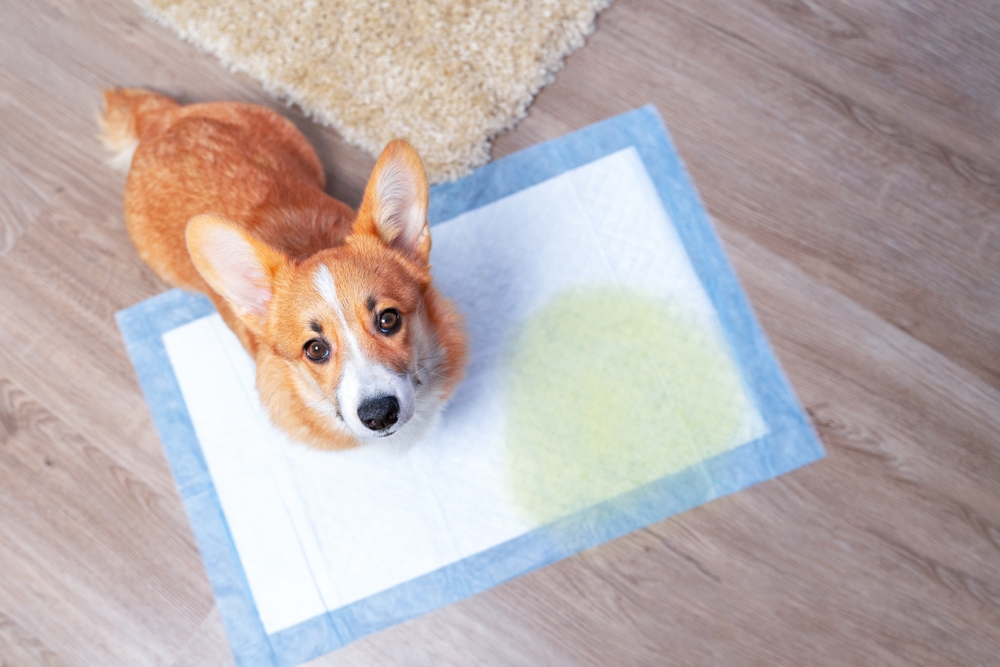
Having your potty-trained pet start having accidents again can be frustrating. But before you get mad, consider that this could be a red flag for urinary tract infections, digestive issues, or stress. A change in environment, like moving to a new home or introducing a new pet, can also cause regression. It’s important to rule out any medical causes before assuming it’s just behavioral.
If medical issues are ruled out, consider if anything has changed in their routine or environment that might be causing stress. Sometimes, reinforcing potty training basics with positive reinforcement can help. Addressing the root cause will help your pet feel secure and get back on track with their bathroom habits.
10. Drooling More Than Usual—Not Just Slobber
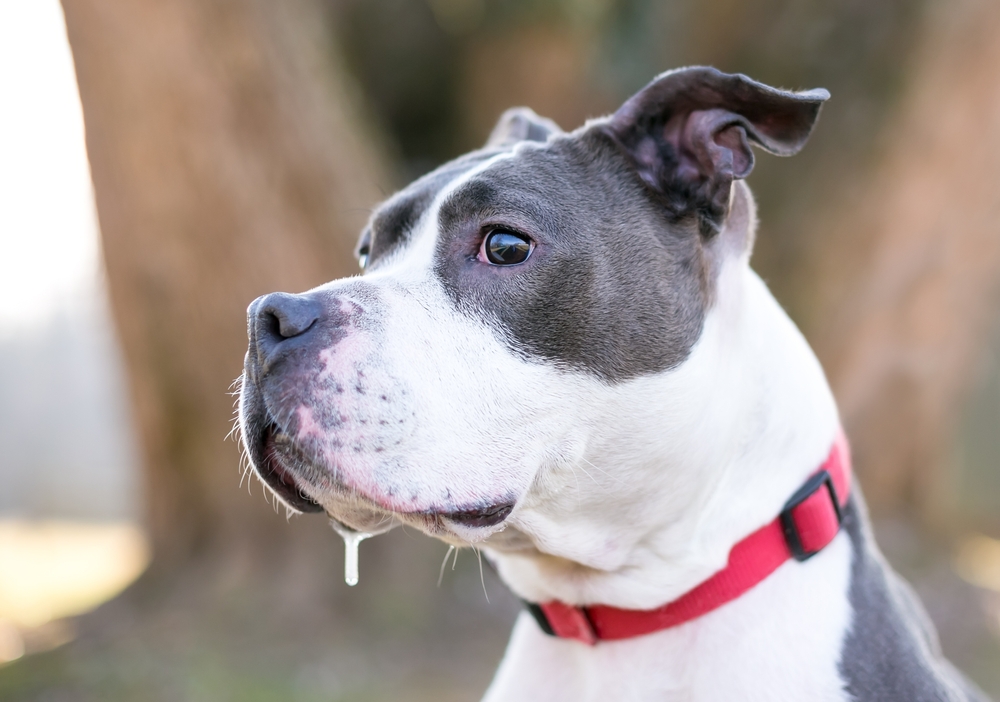
Some pets are naturally drooly, but if your pet suddenly starts drooling more than usual, it might be time to investigate. This could be a sign of dental disease, nausea, or even a foreign object lodged in their mouth or throat. While a little drool is normal, excessive drooling isn’t just a housekeeping issue—it’s a health concern. Your pet might be experiencing discomfort or pain, and a vet visit is in order to find out why.
Excessive drooling can also be a sign of anxiety or fear. If there’s been a recent change in their environment, like a new pet or loud construction noises, that could be the trigger. By addressing both the medical and emotional aspects, you can help your pet return to their usual, less slobbery self.
11. Swollen Belly—More Than a Full Tummy
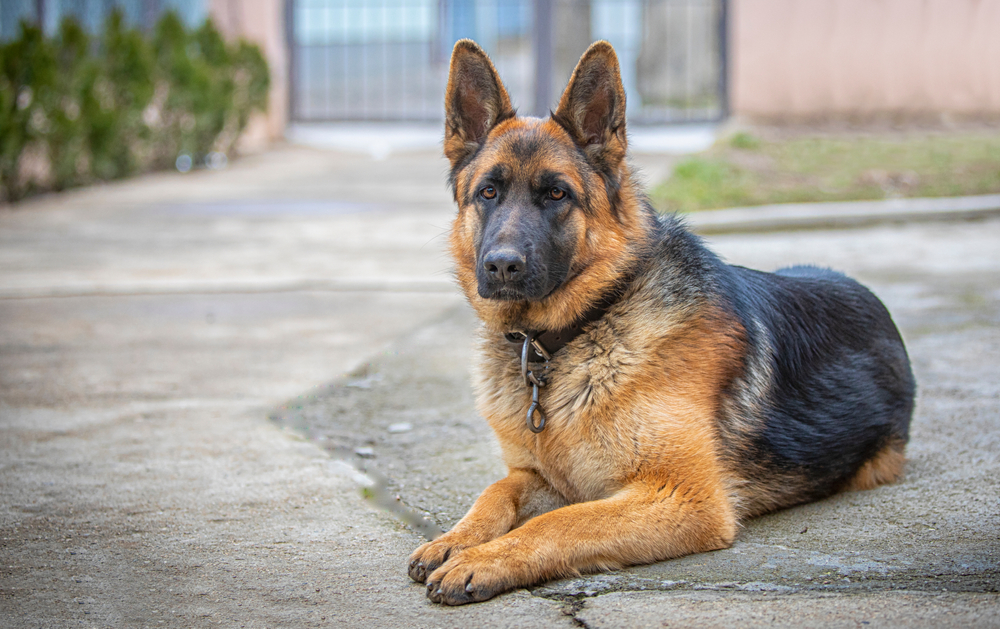
A swollen belly might seem like a sign that your pet just had a big meal, but it could indicate something much more serious. Bloat is a life-threatening condition where the stomach fills with gas and twists, cutting off blood supply. It’s especially common in large, deep-chested dogs. If your pet’s belly looks distended and they’re acting uncomfortable, don’t wait to see if it goes away. Get to a vet immediately.
In other pets, a swollen belly might be a sign of fluid buildup, tumors, or internal bleeding. This isn’t something to take lightly, as many of these conditions are serious. The sooner you can get a professional opinion, the better the chances of a positive outcome. Your pet’s life could literally depend on it.
12. Changes in Sleeping Patterns—Not Just a Lazy Day

If your pet is suddenly sleeping way more or way less than usual, it’s worth paying attention. Excessive sleep can indicate underlying health issues like hypothyroidism or depression. On the other hand, if they’re restless and can’t seem to settle down, it might be due to anxiety or pain. It’s easy to overlook changes in sleeping patterns, but they can be clues to your pet’s overall well-being.
Sometimes, environmental changes like a new baby or a different routine can disrupt their sleep. Monitor their behavior closely and note any other symptoms that accompany the sleep changes. Consulting with your vet will help pinpoint the cause and get your pet back to their regular snooze schedule.
13. Limping or Trouble Walking—More Than a Misstep
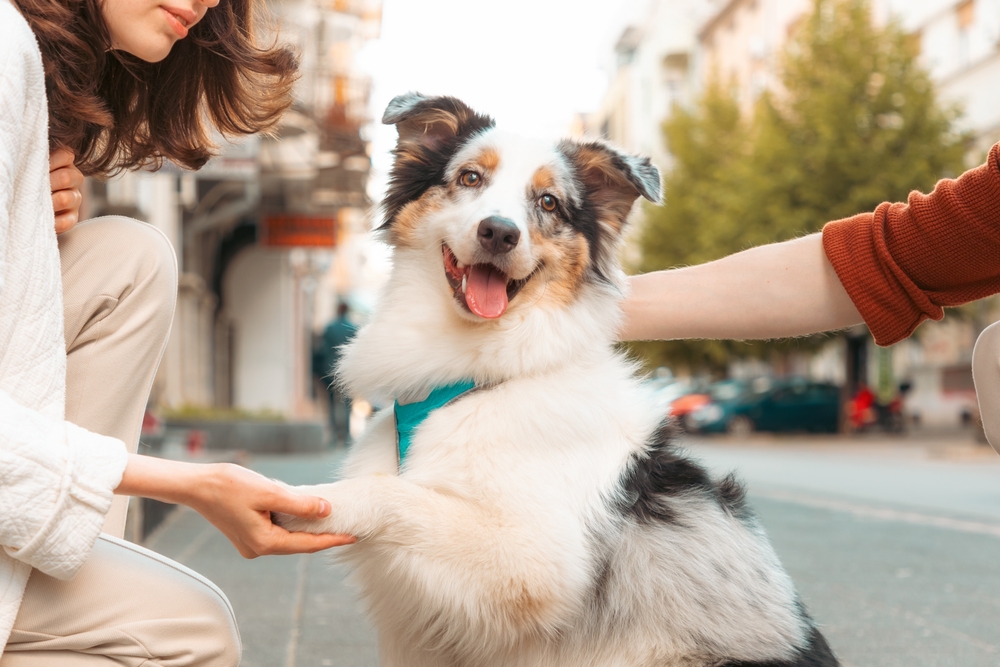
If your pet is limping or having difficulty walking, it’s not just a simple misstep. These symptoms can point to injuries, arthritis, or more serious conditions like hip dysplasia or cruciate ligament tears. Sometimes, pets try to hide their pain, so by the time they’re limping, they might have been dealing with discomfort for a while. Don’t wait to see if it’ll “walk off”—getting a vet’s assessment is crucial.
Older pets, in particular, might develop joint issues that require special care. Medications or lifestyle changes like weight management can make a big difference. The key is early intervention, so your pet can continue their daily adventures without pain or discomfort.
